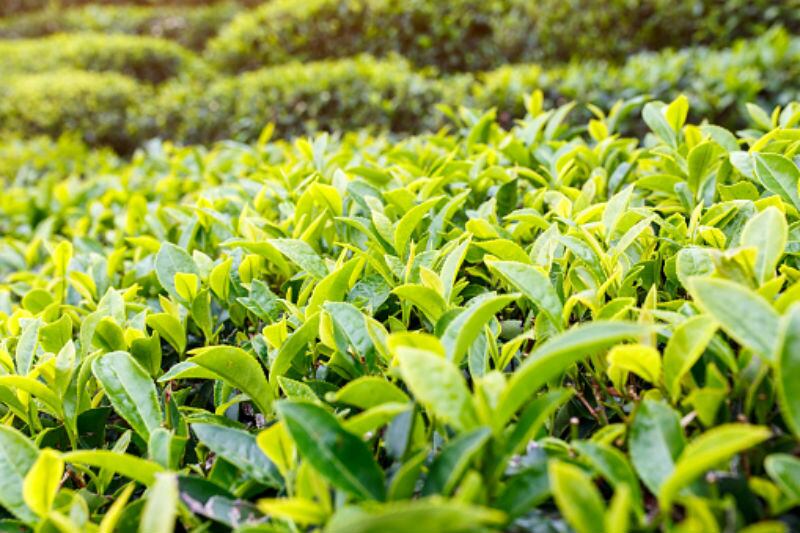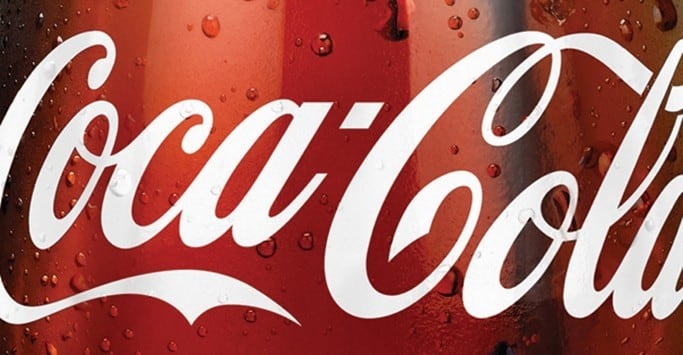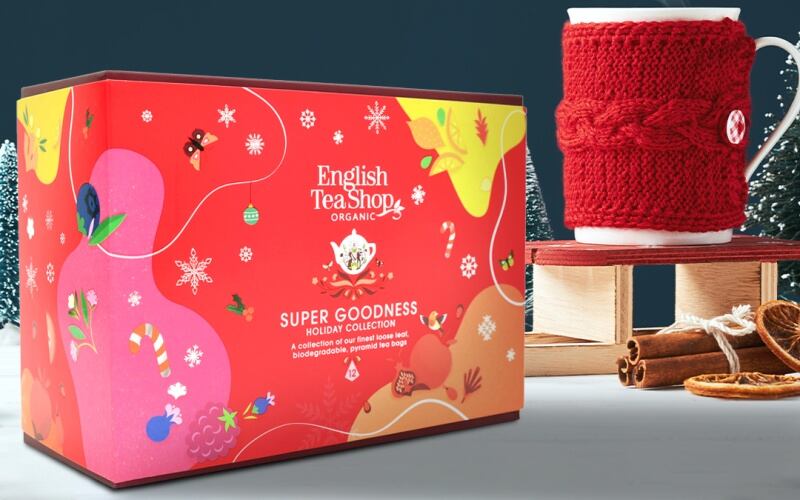Tea has a history of near 5,000 years of consumption in China, dating back to 2,737 BC with near-mythical origins. It is entwined deeply into the country’s culture and history, with the understanding and practice of traditional Chinese tea preparation considered an art in its own.
Today, although traditional tea preparation is still often practised in many Chinese communities, tea consumption for the masses has largely been simplified to the soaking of teabags in hot water – and even this is no longer considered convenient enough by many younger consumers.
In order to ensure tea continues to appeal to all demographics as well as to gain a stronger foothold in the global tea industry, several China tea brands believe that the way forward is to develop more convenient and relatable bottled formats for traditional Chinese teas.
“The practice of bottling traditional teas is not a completely new one – it is very popular in Japanese teas like green tea and matcha, and this has done very well all over the world,” healthy beverage brand Metavita Co-Founder Yang Lu told FoodNavigator-Asia.
“Chinese tea has always been less popular in the past and assumed that these had to be cheaper or of lower quality, but this perception is now changing – Oolong tea for example is increasing in popularity and is one variant we are finding to have the biggest potential as a bottled RTD product that can be exported.
“In markets like the United States for example where there are a lot of Chinese consumers that can appreciate products like these, it can be a key target market and then expand into shops such as Costco which then will expose even more consumers to Chinese teas.”
However, the major challenge with bottling up Chinese teas is that changing consumer perceptions of these teas will mean a change of the products that it then has to compete with, which in this case will be the wider beverage sector.
“Entering the bottled market basically means increasing the competition greatly, as in this space the competition is not only from other teas but also from beverages such as juices, coffees and more,” green tea brand Chali added.
“This means that to achieve sustainable success, we will need added brand power as well as channel opportunities in order to establish a strong enough impact so we can have that lasting presence in the market.
“This in itself is also a challenge as at the moment in China bottled tea still has a strong convenience store focus as compared to supermarket or online – so there needs to be special marketing or sales in order to grow this space.
“Then there is also the challenge with Tier 2 and Tier 3 city consumers, as supply to these markets can be challenging and we need to keep the supply and quality consistent.”
Facing the competition
Overall, bottled Chinese tea is expected to face its largest competition in bottled Japanese teas, which have grown to enter just about every niche including the sugar-free space.
“It would be nice to be able to focus on the healthier niche but the fact is that Japanese tea has a large part of the bottled market as it is already with about 10%, and there is strong dominance there in the sugar-free space,” Yang added.
“Chinese tea also faces a significant pricing challenge, as we can choose better quality ingredients but this means the cost will also increase – this is higher than Japan where bottled water could sell for about JPY100 (US$0.68) whereas bottled tea would be about JPY120 (US$0.81) to JPY180 (US$1.22).
“So to stand out, traditional Chinese teas must grow by looking at innovating new drinks instead where the use of good ingredients is expected and continuously improved on, and once we have this concept right only then will we be able to bring the Chinese tea experience global properly.”




